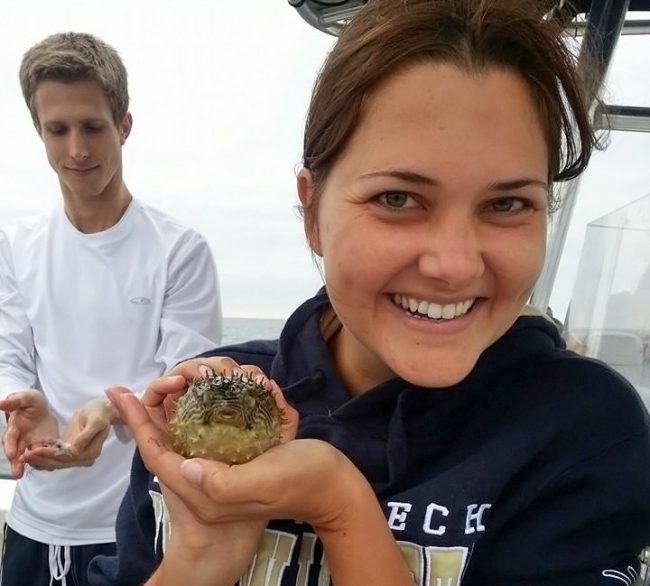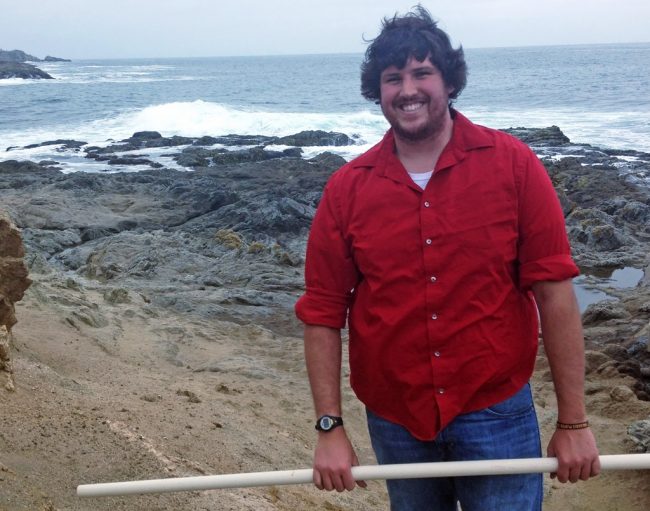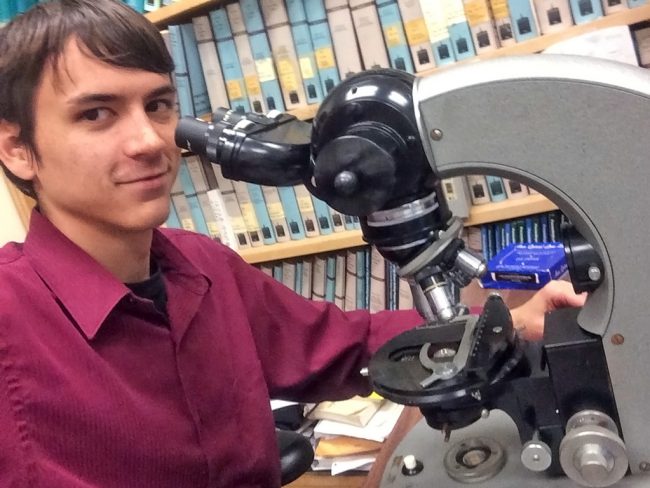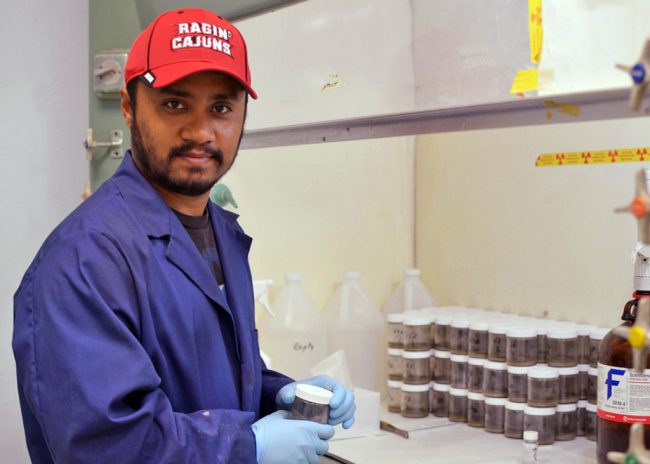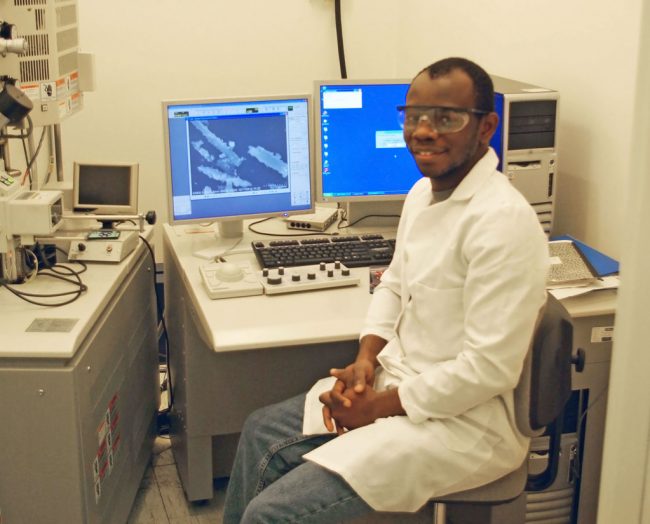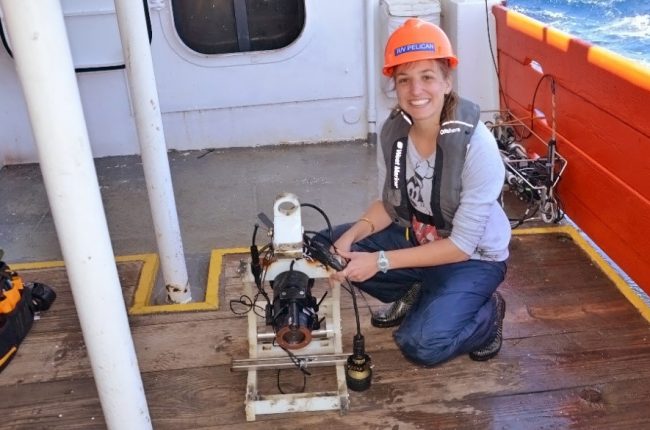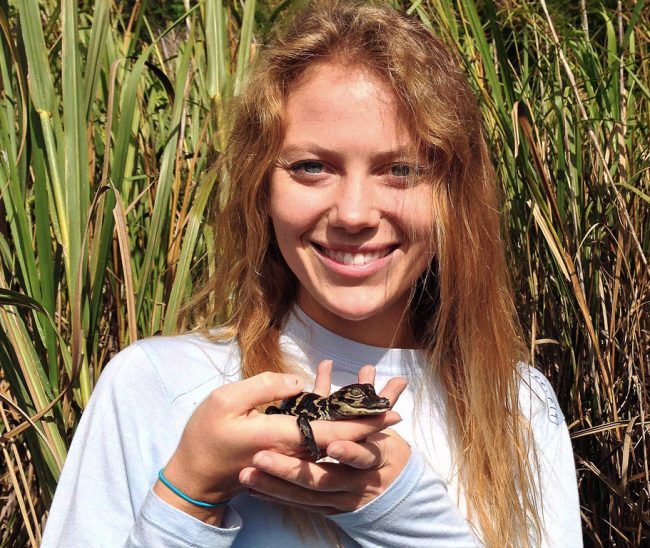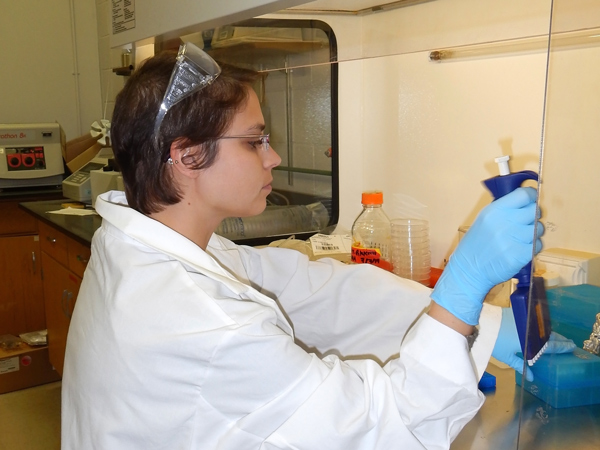Grad Student Chancellor Estimates Deepwater Horizon Impacts on Larval Fish
Emily Chancellor is applying her engineering and computer science background to a field that inspires her – marine science – focusing on how the oil spill may have impacted larval fish populations.

